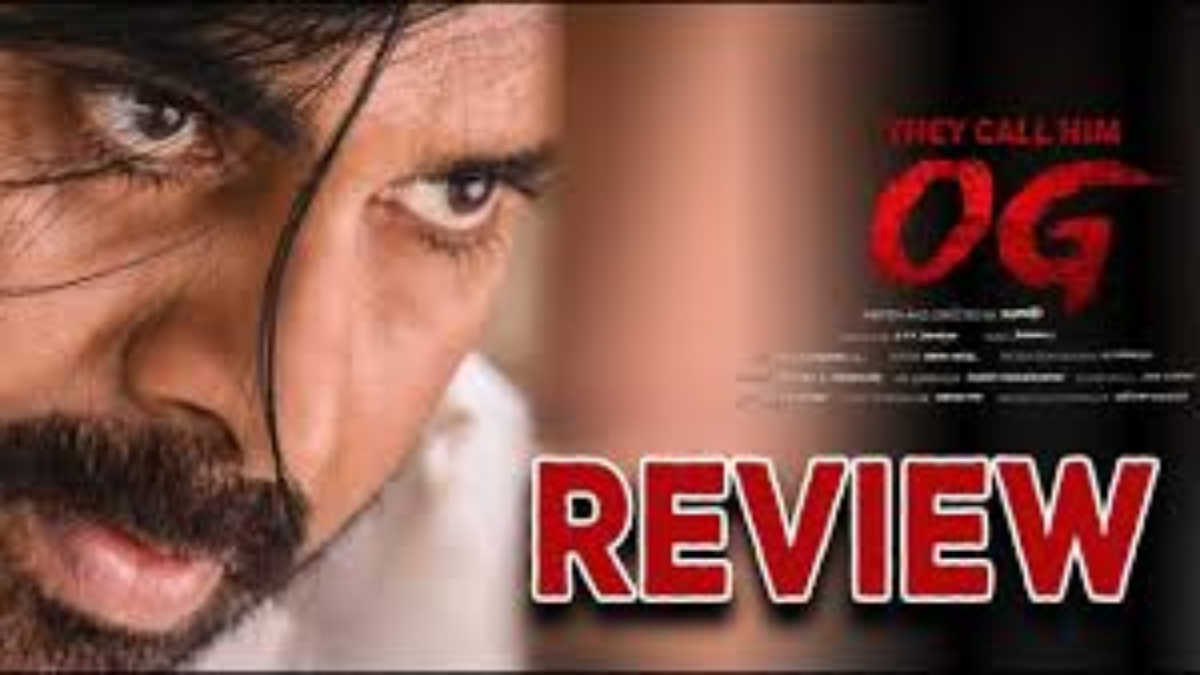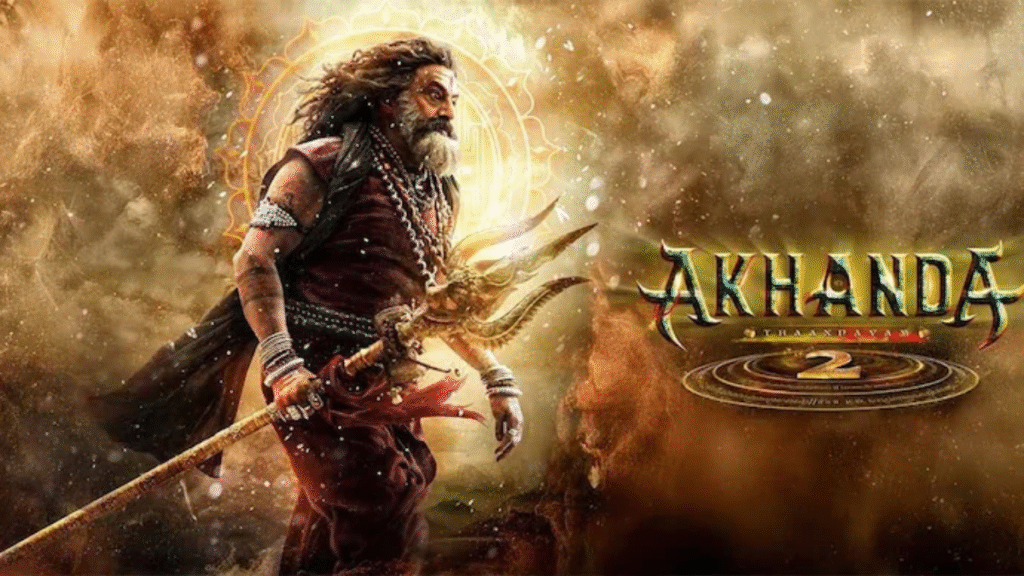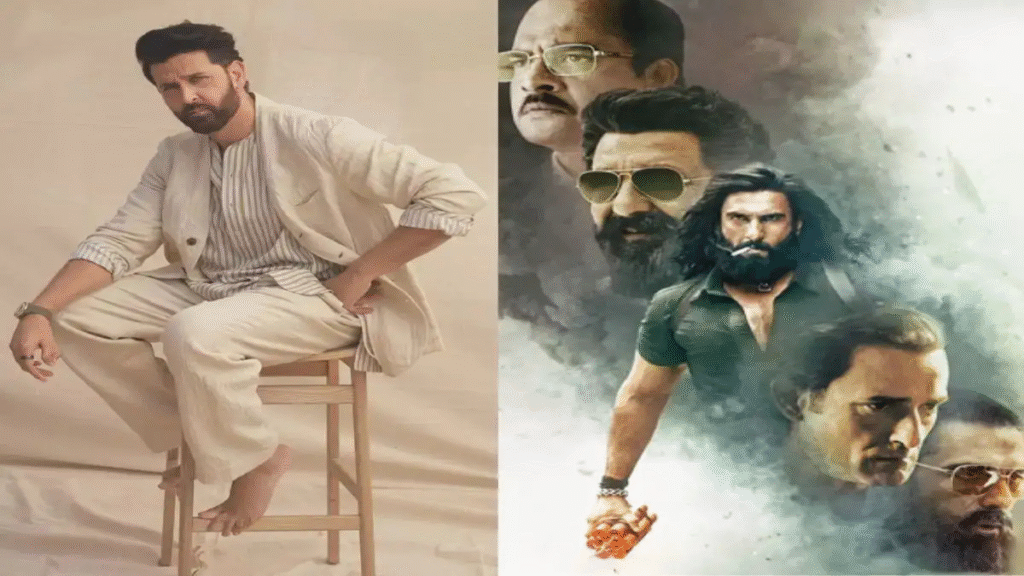Now Reading: They Call Him OG’ Review: A Stylistic Spectacle Lacking a Soulful Story
-
01
They Call Him OG’ Review: A Stylistic Spectacle Lacking a Soulful Story
They Call Him OG’ Review: A Stylistic Spectacle Lacking a Soulful Story

In the high-octane world of Telugu cinema, few names command a presence quite like Pawan Kalyan. His return to the silver screen in “They Call Him OG,” directed by Sujeeth, was met with feverish anticipation. The trailers promised a gritty, visually stunning saga, a departure from the actor’s recent filmography. And indeed, on the surface, “OG” delivers a masterclass in cinematic style—but beneath the polished veneer lies a narrative that struggles to keep pace, leaving the film feeling more like a meticulously crafted showreel than a cohesive story.
From the opening frame, Sujeeth’s directorial vision is clear and unwavering. The film is a feast for the eyes, with slick cinematography, dynamic color palettes, and production design that breathes life into the grim, urban landscape. The action sequences are a particular highlight. Gone are the days of gravity-defying, logic-defying stunts; here, the choreography is visceral, grounded, and intensely stylish. Each punch, each bullet, and each explosive sequence is choreographed with precision, serving as a powerful testament to the technical prowess of the crew. The background score, too, plays a crucial role, elevating the tension and lending an operatic quality to the most mundane of scenes. It’s in these moments—the slow-motion shots, the dramatic close-ups, the rain-slicked fights—that the movie truly shines, showcasing a director who understands the power of aesthetic and mood.
Pawan Kalyan, as the titular OG, commands the screen with his trademark charisma and stoicism. He embodies the quiet intensity of a man with a troubled past, letting his eyes and body language convey more than any dialogue could. For fans, his performance is a compelling reminder of his formidable screen presence. Yet, even his magnetic performance cannot fully compensate for the film’s most significant shortcoming: the screenplay.
The movie’s relentless focus on style seems to come at the expense of substance. The narrative, which promises a deep dive into the protagonist’s past and motivations, is disappointingly shallow. Characters are introduced with great fanfare but are given little room to breathe or develop. Their roles often feel perfunctory, serving merely as catalysts for the next action set piece. The emotional beats, when they do arrive, feel rushed and unearned, making it difficult for the audience to invest in the characters’ journeys. The story meanders, jumping between timelines and events without establishing a strong, cohesive throughline. It’s as if the filmmakers had a list of stunning visual moments they wanted to create and then wrote a plot to connect them, rather than building the visuals from a compelling narrative foundation.
In many ways, “They Call Him OG” feels like a spiritual successor to Sujeeth’s previous work, Saaho. Both films share a similar DNA: a grand scale, breathtaking action, and a narrative that gets lost in its own labyrinthine ambition. While Saaho was criticized for its convoluted plot, “OG” suffers from a lack of emotional weight. It’s a film that looks incredible, sounds fantastic, and showcases its star in a new, gritty light, but it ultimately fails to resonate on a deeper level.
In conclusion, “They Call Him OG” is a stylish and visually impressive film that will satisfy viewers seeking a pure cinematic spectacle. Pawan Kalyan’s powerful presence and the film’s technically brilliant action sequences are worth the price of admission. However, those looking for a compelling story with well-developed characters and an engaging plot will find themselves wanting more. It is a movie that proves that while style can grab your attention, it’s substance that truly holds it.










